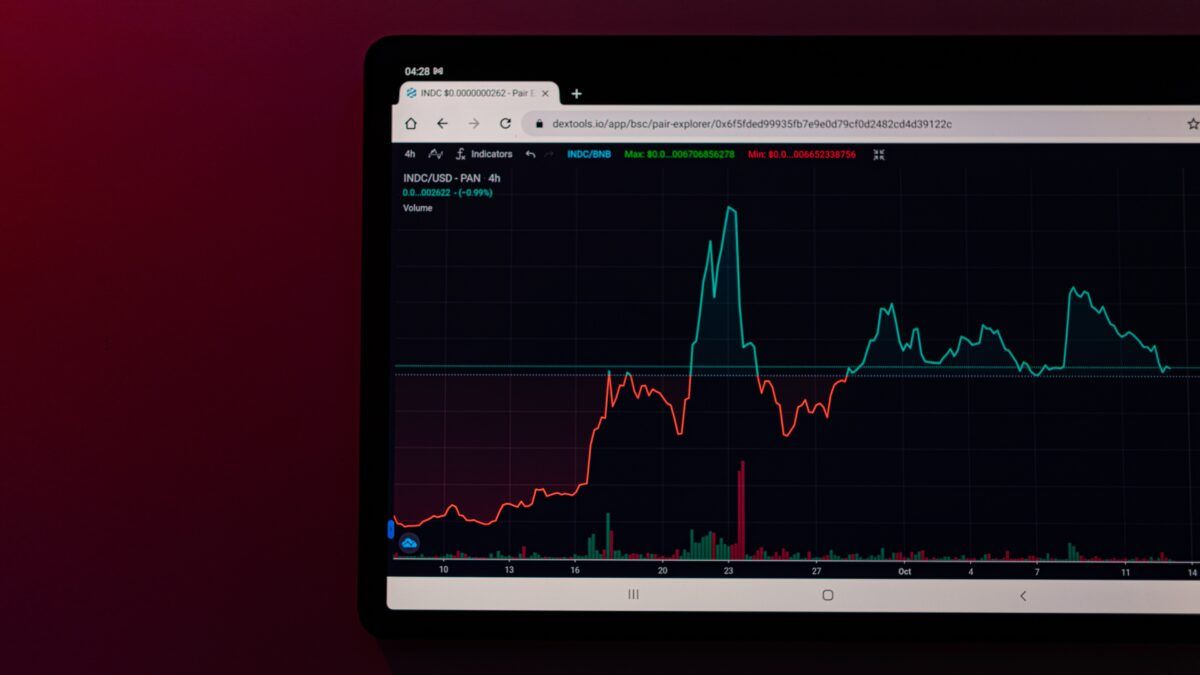
How does Fibonacci help people trade forex?

Moving Average Crossover Systems. How traders use them for profit.
What is Price Action Trading?
Price action trading is a strategy that involves analyzing the movements of a financial instrument’s price on a chart without the use of technical indicators or other external signals. Instead, traders using price action rely solely on the price movements themselves to make trading decisions.
Here are some of the key principles and techniques of price action trading:
- Support and Resistance Levels: Traders look for key support and resistance levels on the chart, which are areas where the price has historically reversed or consolidated. These levels can be used to identify potential trade entry and exit points.
- Candlestick Patterns: Traders also analyze candlestick patterns, which can provide insights into market sentiment and potential trend reversals. For example, a bullish candlestick pattern such as a hammer or engulfing pattern can indicate a potential reversal of a downtrend.
- Trendlines: Trendlines are drawn on the chart to identify the direction of the current trend. Traders look for breakouts or bounces from trendlines as potential trade signals.
- Price Action Patterns: Traders also look for specific price action patterns, such as double tops, head and shoulders, or triangles, which can provide trading opportunities.
Overall, price action trading is a strategy that relies on analyzing the natural movements of the market rather than relying on external signals. It can be used in a variety of markets, including stocks, forex, and commodities. Successful price action traders have a deep understanding of market psychology and a keen eye for chart patterns and trends.
What are the benefits of Price Action Trading?
Price action trading has several benefits over other trading strategies, including:
- No reliance on indicators: Price action trading does not rely on technical indicators or other external signals, which can be lagging or misleading. Instead, it focuses on analyzing the price movements themselves, which can provide more accurate and timely signals.
- Simple and straightforward: Price action trading is a simple and straightforward strategy that does not require a lot of technical analysis or complex algorithms. This makes it accessible to traders of all skill levels and can help reduce the potential for analysis paralysis.
- Adaptable to changing market conditions: Because price action traders focus on analyzing the natural movements of the market, they can adapt to changing market conditions more easily than traders who rely on fixed indicators or strategies.
- Can be used in any market: Price action trading can be used in any market, including stocks, forex, and commodities. This makes it a versatile strategy that can be applied to a variety of trading instruments.
- Emphasizes risk management: Successful price action traders focus on risk management and use tools like stop-loss orders and position sizing to limit their losses and maximize their profits. This can help reduce the potential for large drawdowns and increase the overall profitability of the strategy.
Overall, price action trading can be a powerful and effective trading strategy for traders who are willing to put in the time and effort to learn and master its principles.





